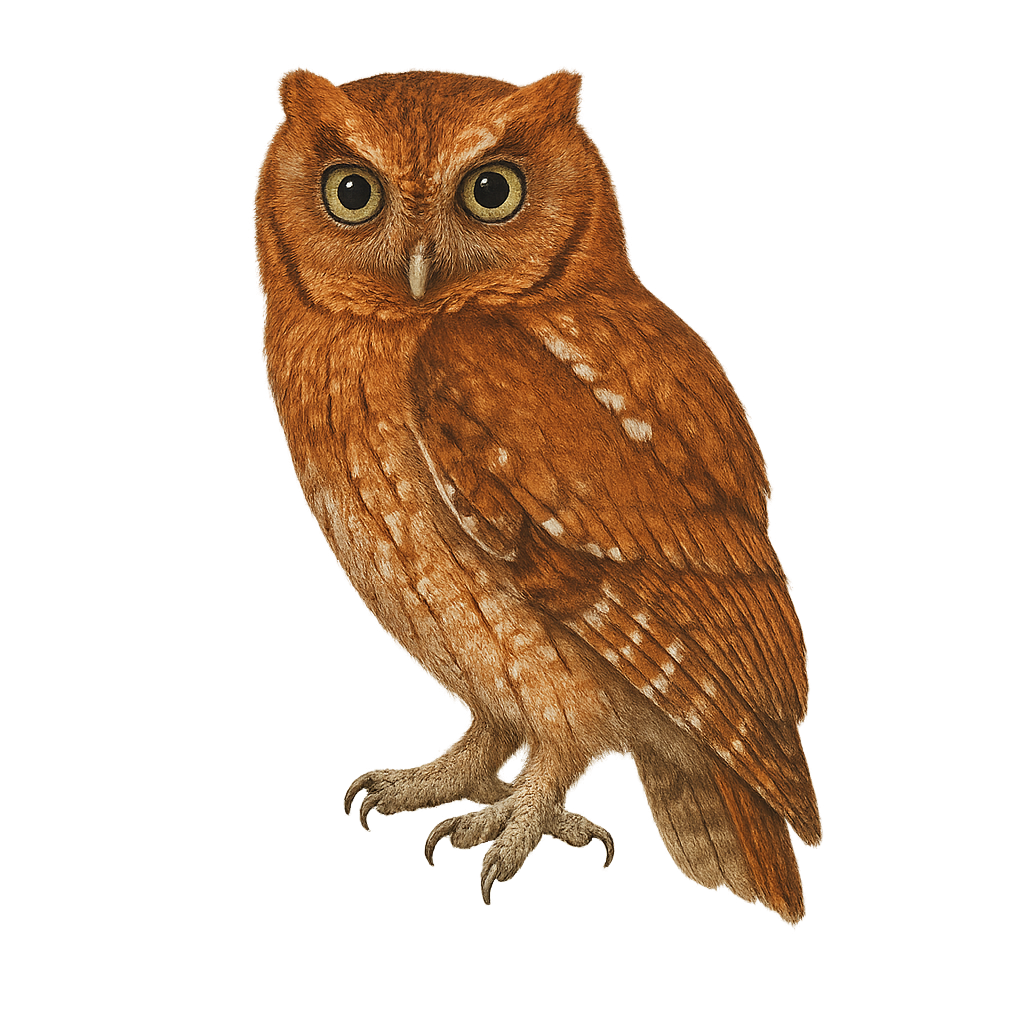Your wildlife photography guide.
Explore the giles's screech owl in detail, study its behavior, prepare your shots.
Where to observe and photograph the giles's screech owl in the wild
Learn where and when to spot the giles's screech owl in the wild, how to identify the species based on distinctive features, and what natural environments it inhabits. The WildlifePhotographer app offers tailored photography tips that reflect the giles's screech owl’s behavior, helping you capture better wildlife images. Explore the full species profile for key information including description, habitat, active periods, and approach techniques.
Giles's Screech Owl
Scientific name: Megascops gilesi

IUCN Status: Least Concern
Family: STRIGIDAE
Group: Birds
Sensitivity to human approach: Suspicious
Minimum approach distance: 10 m
Courtship display: March to April
Incubation: 26-28 jours
Hatchings: April to May
Habitat:
subtropical forests, temperate forests
Activity period :
Mainly active at night, generally discreet during the day.
Identification and description:
The Giles's Screech Owl, scientifically known as Megascops gilesi, is a nocturnal bird of prey belonging to the Strigidae family. This small owl is notable for its cryptic plumage, which allows it to blend seamlessly into its wooded surroundings. Its modest size and subtle ear tufts make it a challenging bird to spot. Primarily active at night, it preys on small mammals, insects, and other invertebrates. Its call, a soft and repetitive trill, often echoes through the forests it inhabits. Endemic to certain regions of South America, it resides in subtropical and temperate forests. Although not extensively studied, it is considered a relatively stable species, though deforestation could threaten its habitat in the long term.
Recommended lens:
400 mm – adjust based on distance, desired framing (portrait or habitat), and approach conditions.
Photography tips:
To photograph the Giles's Screech Owl, it is advisable to use a 400mm lens or longer to capture precise details from a distance. Look for wooded areas where this bird is active at night. Be patient and attentive to its distinctive call, a soft and repetitive trill, which can help you locate it. Use a tripod to stabilize your camera in the low-light conditions typical of its nocturnal habitat.
The WildlifePhotographer App is coming soon!
Be the first to explore the best nature spots, track rutting seasons, log your observations, and observe more wildlife.
Already 1 430 wildlife lovers subscribed worldwide

